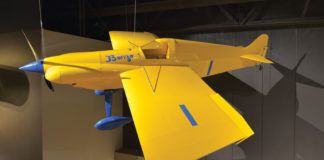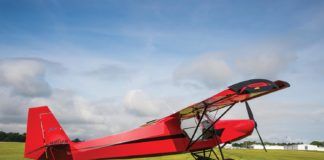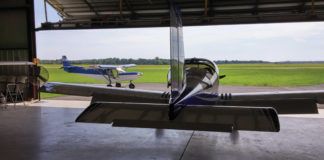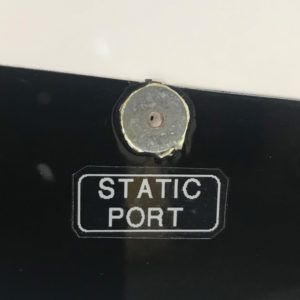
When I was a teenager, I was a member of an Aviation Explorer Post that was sponsored by an FBO. We got to spend a lot of time hanging out at the airport as “hangar rats,” looking for things to do that would teach us more about airplanes and flying. We also did a few fund-raising events, and the best way to raise money was a plane wash. Airplane owners were happy to pay twenty bucks to a bunch of kids to get their airplane washed – a clean airplane was a happy airplane, and an owner that didn’t have to do the work himself was a happy owner!
We, of course, were in hog heaven—aviation-minded teenagers given the opportunity to crawl on and in a wide variety of airplanes—what a great way to get up close and personal with the things we enjoyed learning about! And learning was the game—especially how to be extra careful with airplanes. This wasn’t the church car wash—we learned all about what was delicate, and what was dangerous. And we learned that no detail is too small.
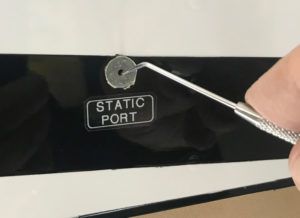
I was thinking about this awhile back as I was giving my almost fifteen-year-old RV-8’s paint job a good going over with a dual-action polisher/waxer. Yeah, if I had some Aviation Explorers around, I’d let them earn a little money for flying expenses… but we don’t so I got to do it myself. A few drops of polish on the pad, go over a couple square feet until it shines, wipe down, and repeat – over and over. But I still needed to pay attention! Take, for instance, that little static port. Van’s design uses a pop rivet glued in the hole, so you’ve got this tiny little #50(ish) port, just waiting to pick up a little wax. Going around is tough, so over you go, and yes, it’s now full of wax.
Not a problem so long as you know you’ve done it—a dental pick fixes the problem. But what if you weren’t paying attention, or maybe you were helping out some kids at the local airport by giving them a chance to earn a little money by washing and waxing your plane. Remember, any time someone else works on or even touches your plane, it’s time for the most thorough preflight that you’ve ever done. You just never know where something will turn up.











